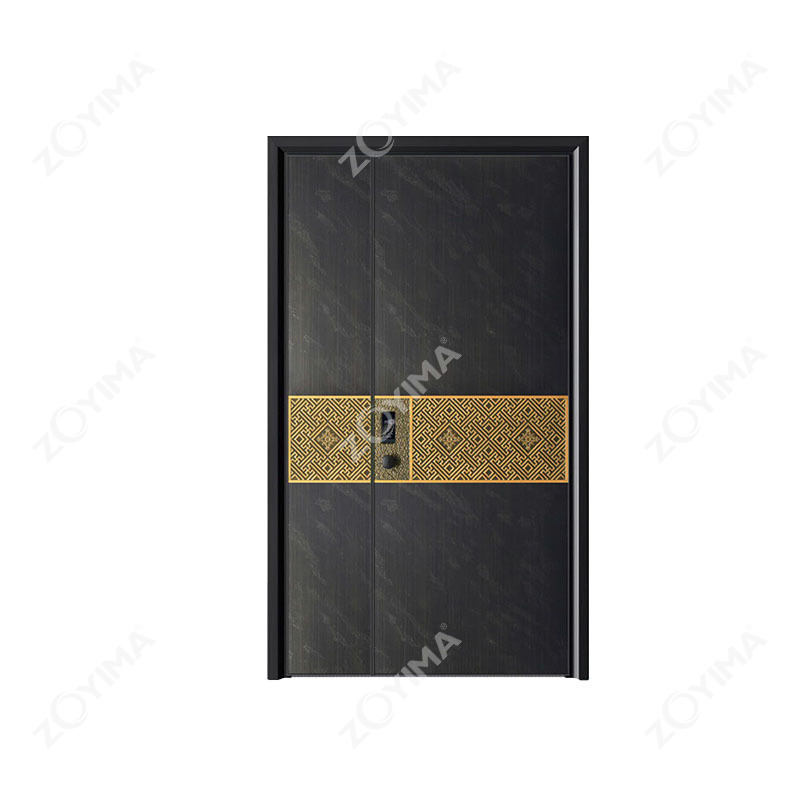Assessing Permanent Magnetic Chuck on Non-Uniform and Holed Metals

Introduction to Permanent Magnetic Chuck Applications
Permanent Magnetic Chucks are widely used in metalworking and machining industries to hold ferromagnetic workpieces securely during milling, grinding, or drilling operations. Their ability to provide a strong magnetic holding force without requiring electricity makes them highly reliable and energy-efficient. However, while they work well with flat, uniform metal surfaces, challenges arise when attempting to secure irregularly shaped or perforated workpieces. Understanding the limitations and proper handling techniques is essential for achieving safe and effective machining.
Challenges with Irregular Workpieces
Irregularly shaped workpieces, such as angled, curved, or asymmetrical metal parts, do not provide full contact with the flat surface of a Permanent Magnetic Chuck. This reduced contact area decreases the effective magnetic attraction, which can compromise holding strength and increase the risk of workpiece movement during machining. Operators must carefully assess the shape and orientation of the workpiece before attempting to clamp it with a Permanent Magnetic Chuck. Sometimes, additional supports or fixtures are necessary to stabilize the workpiece safely.
Issues with Perforated or Holed Metals
Perforated or holed workpieces present an additional challenge because the magnetic flux cannot pass through gaps or openings in the metal. The holes interrupt the magnetic circuit, resulting in uneven attraction and reduced holding force. Large or numerous holes can significantly decrease the chuck’s effectiveness, making it unsuitable for certain machining operations unless supplementary supports or temporary filler materials are used. Operators must ensure that the perforated workpiece can still make sufficient contact with the chuck surface to maintain a secure hold.
Techniques for Improving Holding Performance
Several strategies can improve the effectiveness of a Permanent Magnetic Chuck when handling irregular or holed workpieces. Using thin ferromagnetic backing plates can fill gaps and create a more uniform contact area. Adjusting the orientation of the workpiece to maximize surface contact with the magnetic chuck also enhances stability. In some cases, custom-shaped clamps or soft iron adapters can bridge uneven surfaces and distribute magnetic flux more evenly. By combining these methods, operators can extend the applicability of Permanent Magnetic Chucks to more complex workpieces.
Safety Considerations
When working with irregular or perforated metals, safety is paramount. Reduced magnetic holding strength increases the risk of workpiece movement or detachment during machining. Operators must verify that the workpiece is securely held before starting any cutting, grinding, or milling operation. Regular inspection of the chuck surface for wear or debris is also essential to maintain optimal magnetic attraction. Training and proper handling protocols ensure that the limitations of Permanent Magnetic Chucks are respected while minimizing risks.
Conclusion
Permanent Magnetic Chucks are highly effective for holding flat, uniform ferromagnetic workpieces, but irregular shapes or perforated metals present unique challenges. Reduced contact area and interrupted magnetic flux can weaken the holding force, requiring additional supports or specialized techniques to maintain stability. By understanding these limitations, employing proper orientation, and using supplementary materials, operators can safely and effectively work with complex workpieces while maximizing the benefits of Permanent Magnetic Chucks.




